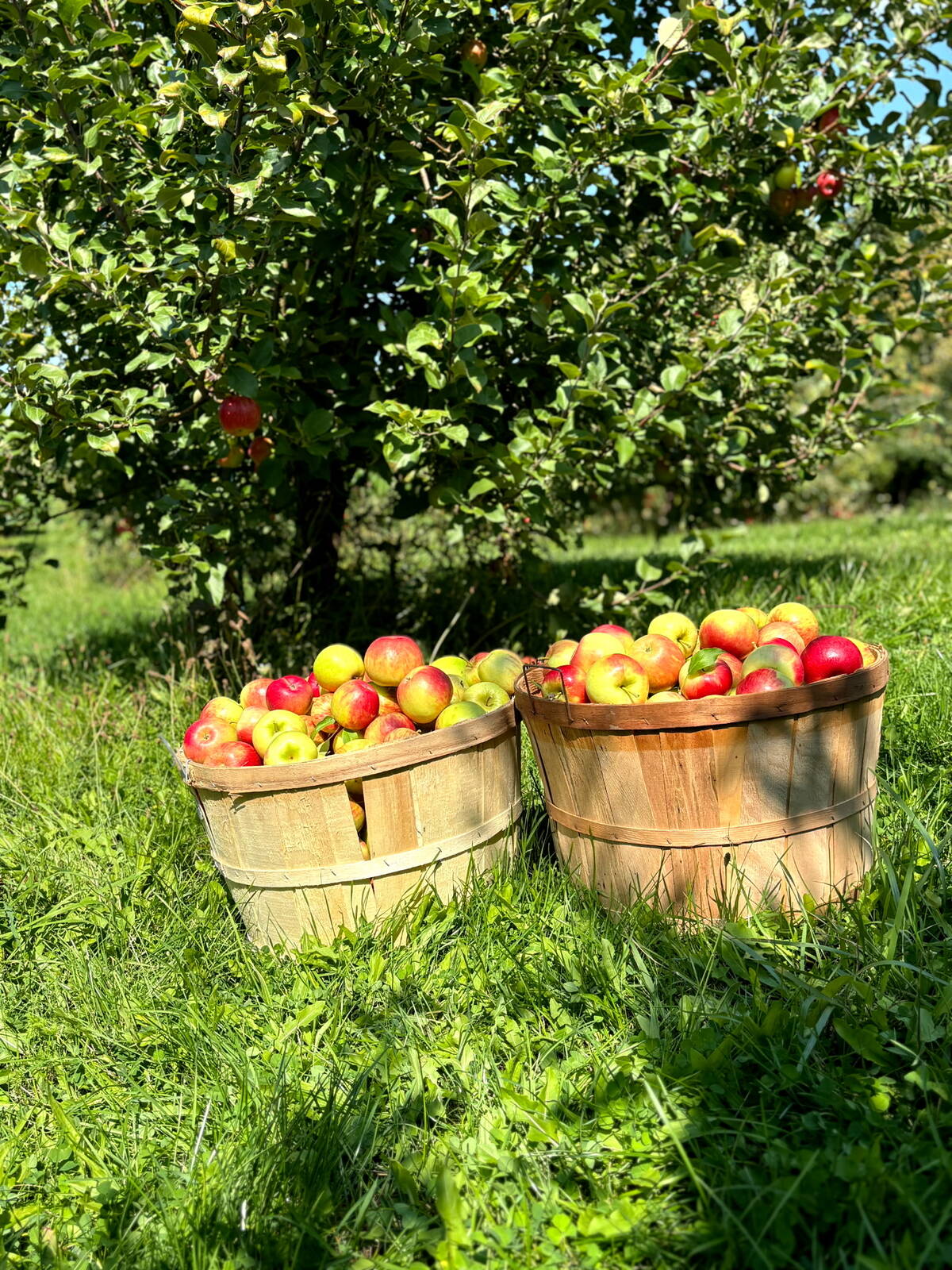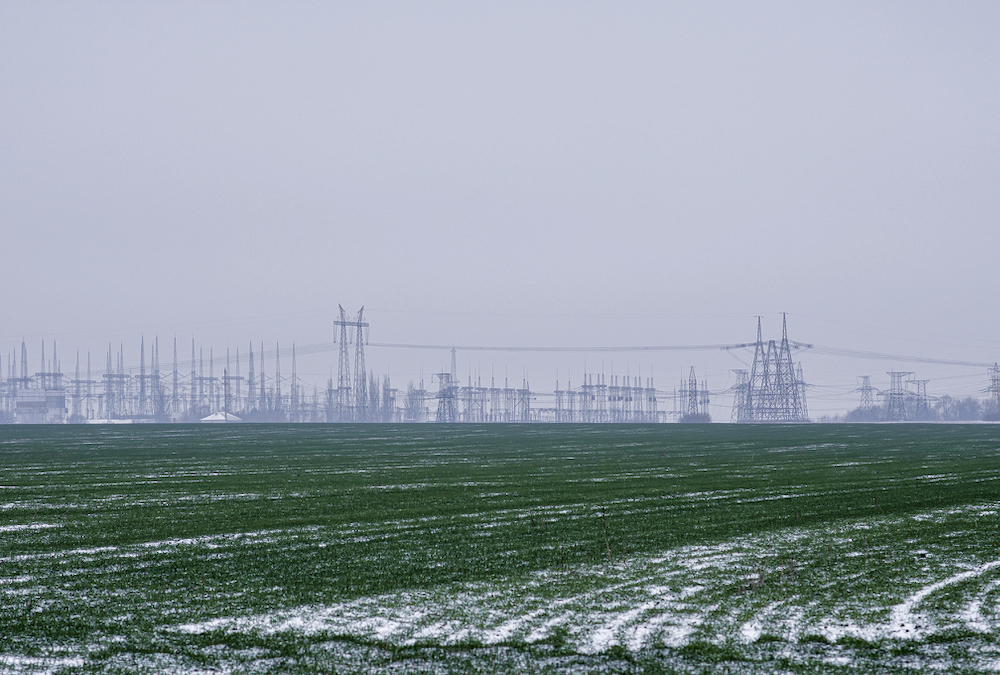Glacier FarmMedia – Ukraine’s Maritime Administration has announced that the country’s ports will remain closed until the Russian invasion is over, putting a halt to old crop exports.
That is stranding an estimated five million tonnes of old crop wheat that was destined for export, according to AHDB Cereals and Oilseeds.
Why it matters: The conflict in Ukraine could have serious ramifications for the global grain trade if it continues into the summer, say analysts. But what about the impact the war could have on the country’s 2022 crops?
Read Also

Farmers taking to social media to spread the word about the cost of farm thefts
A rash of farm thefts in Ontario have left farmers looking for new ways to help customers understand the cost of stealing goods.
“I’m really not that hyped up about the new crop supply impact, specifically for wheat,” said Rich Nelson, Allendale Inc.’s chief strategist.
That is because more than 95 per cent of Ukraine’s crop is winter wheat and it was already in the ground before the conflict began. The fate of that crop is more likely to be determined by spring rains than war, he said.
But others are forecasting a smaller wheat crop. UkrAgroConsult’s pre-invasion estimate called for 28.3 million tonnes of 2022-23 wheat production, down 11.6 per cent from last year.
AHDB believes another four million tonnes can be shaved from that total because there may be no spring wheat at all this year and minimal inputs could knock back winter wheat yields.
Nelson isn’t so sure about that. He has seen little historical evidence that missing one year of fertilizer applications causes big yield impacts on a macro-level.
However, he thinks the war could have much bigger implications for Ukraine’s spring-planted feed grains.
“The 2,000-pound gorilla waiting for them is the new crop impact of delayed planting or no planting or fertilizer applications, etc. for barley and corn,” he said.
About 40 per cent of Ukraine’s barley is planted in winter with the remainder sown in spring.
Joe Glauber, a former United States Department of Agriculture (USDA) chief economist and now senior research fellow at the International Food Policy Research Institute, expressed similar concerns in a recent interview with DTN’s Chris Clayton.
“If the war extends through the planting season, you could lose an entire crop, spring-planted crop — corn, barley, sunflowers,” he said.
Ukraine and Russia account for 60 per cent of global sunflower oil production and 76 per cent of world exports of the commodity, according to AHDB.
Nelson said international sanctions will not have a big impact on Russia’s old crop sales because the nation typically only exports 500,000 to 1.5 million tonnes of grains and oilseeds per month at this time of year.
It is likely at the low end of that range this year due to export restrictions in place before war erupted.
Russia’s new crop production is unlikely to experience the same challenges as Ukraine.
The big dilemma for Russia is whether the sanctions are still in full force in July when the new crop is coming off.
So far, the sanctions do not apply to agricultural commodities but Russia’s financial institutions have been targeted, making it harder for exporters to get paid. That could impact trade.
If Russia is unable to export its grains and oilseeds in the July-through-September timeframe, there would be huge global ramifications for the grain sector, said Nelson.
The World Food Programme is deeply concerned about what is transpiring in Ukraine.
“Over the past 10 years, Ukraine has grown to become WFP’s largest supplier of food commodities by volume,” Canadian spokesperson Julie Marshall said in an email.
It supplied 880,000 tonnes of grain to the WFP in 2021, up from 29,000 tonnes in 2011, comprising 789,000 tonnes of wheat and 91,000 tonnes of split peas.
WFP has alternative sources so there should be no immediate impact, but she worries about the conflict contributing to already all-time high grain prices and skyrocketing oil prices, which would increase transportation costs.
“The gulf between our funding needs and available resources will continue to widen,” said Marshall.
“This could be a catastrophic situation for millions of families who rely on WFP for food assistance.”
– This article was originally published at The Western Producer.













